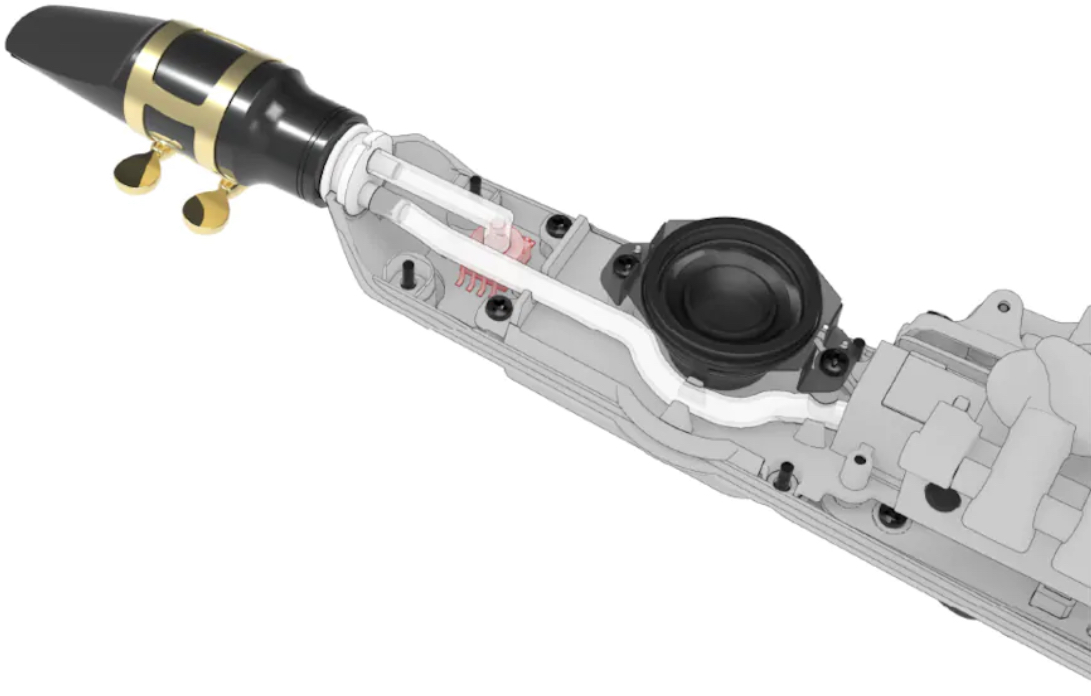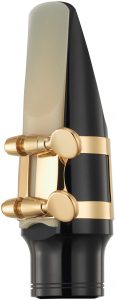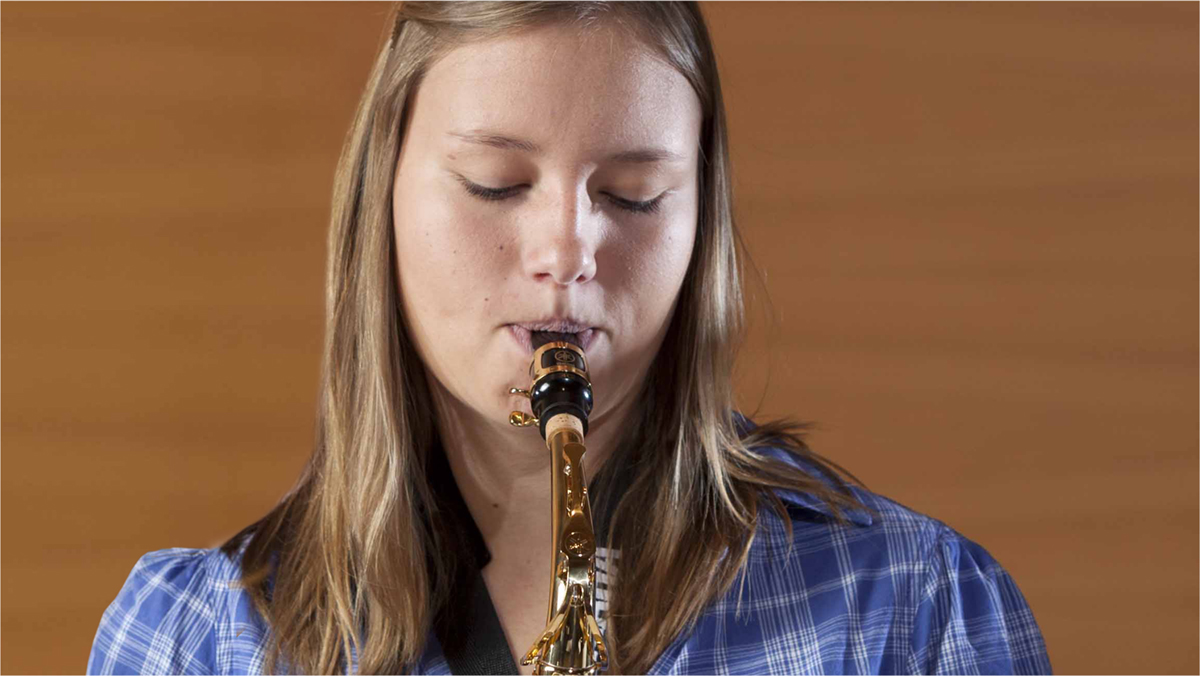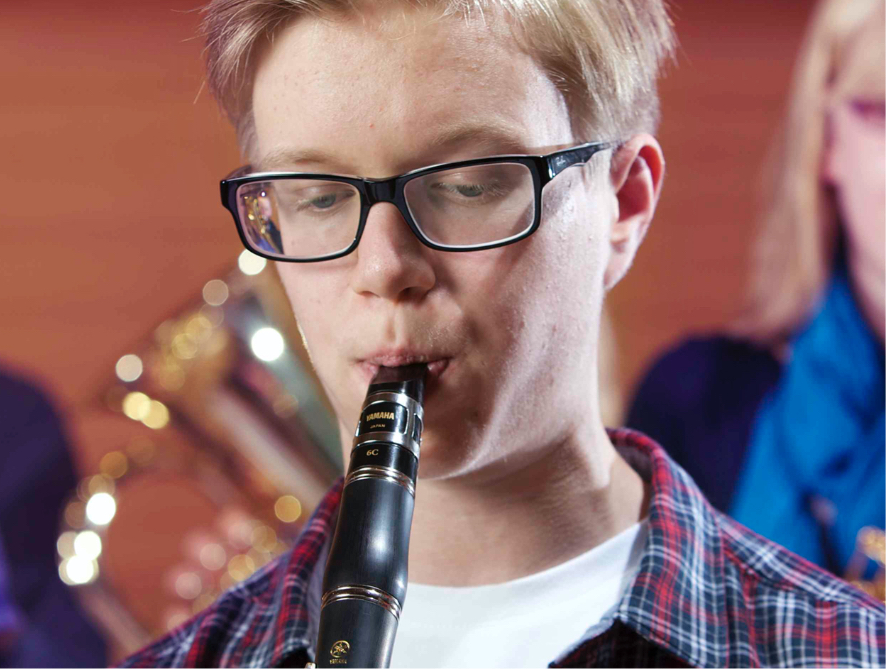Beginner’s Guide to the Saxophone
The basics of playing sax.
Every musician remembers when they first chose to pick up an instrument. For me, I was amazed by how intricate the saxophone’s keywork was and I wanted to know how it all worked. What sounds could I make with this instrument and where could it take me?
Like most things, knowledge comes with practice and you can’t expect to be perfect on your first try. Regardless, there are some basics that all saxophonists should know. Let’s explore a few of them.
The Air Comes First
First and foremost, the saxophone is a wind instrument. That means at the root of it all, your air is the most important aspect to your playing. On an acoustic saxophone, everything from your tone, pitch, volume, projection and articulation to your style and control — you get the point — starts with your air. So take the time to pay close attention to how you breathe and what your air is doing while you are playing.
By the way, this isn’t just true of acoustic saxophones anymore, because the breath sensor inside the new Yamaha YDS-150 Digital Saxophone can detect the slightest changes in your air speed. So just because you can adjust your volume with a button and change your tone using an app doesn’t mean your air isn’t important!

The Reed Is the Source of the Sound

Next most important is the reed. This is where the “wood” part of the term “woodwind” applies. On an acoustic saxophone, the reed vibrates in response to air pressure, producing the sound waves that are amplified by the rest of the instrument. It’s important to place the tip of the reed either level to, or just below, the tip of the mouthpiece, and that it be secured in place with a ligature. The ligature should be just tight enough that it does not move, but there’s no need to crimp it down any further than “snug.” (Click here for more information.) By the way, although the reed doesn’t vibrate on the YDS-150, it still plays an important role on how the instrument will respond.
Relax!
In support of your air, you need to also have good posture. If you are hunched over, chin down to your chest, and tense throughout your whole body, you won’t be able to take a proper breath. Instead, you need to have a straight back, look directly ahead, and generally be as relaxed as possible. This position should feel comfortable and natural.
Once you’re in this relaxed position, attach the neck strap to your sax and adjust its length so the tip of the mouthpiece reaches your lips without your having to bend over. Place your thumbs on the correct thumb rests, and gently curl your fingers onto the touch pieces of the keys. Pretend you are picking up an empty water bottle, but don’t crush it! This approach should be taken whether you are playing an acoustic saxophone or a digital saxophone — the concept and keywork is the same.
Making a Sound
So you’ve got your sax assembled, and you’ve checked to make sure your posture is upright and relaxed. Now you’re ready to make a sound!
First, though, take a look at the mouthpiece and note where the tip of the reed is. Do you see the point at which the reed touches the mouthpiece? That generally is the point at which you need to create an airtight seal with your embouchure — a technical term for the way in which you apply your mouth to the mouthpiece. Do so by making a cushion with your bottom lip over your bottom teeth, inserting the mouthpiece into your mouth and placing the reed on your bottom lip, then place your top teeth on the top of the mouthpiece (the corners of your mouth should touch the side of the mouthpiece). As shown in the illustration below, this should closely resemble the shape of your mouth when saying the word “oh.”

No biting is necessary, but the bottom lip should be somewhat firm. It may take a while to find the right balance because of the number of different muscles at play, but bear in mind that there is no single right answer as to what your proper embouchure could be! When you’re ready, take a gentle breath in from your diaphragm and release the air, imagining it going through the body of the horn and out across the room. If you’ve done these crucial steps correctly, you should produce a focused and steady note. And don’t worry if your lips quiver a little when getting the mouth shape right — this is a common and short-term side effect of asking something very new of your facial muscles.
One benefit to playing digital saxophones like the YDS-150 is that your embouchure doesn’t directly affect the breath sensor. That’s one reason why digital saxes are great for someone looking to start playing with little to no experience: They allow you to quickly make a great sound out of the box, and focus on actually making music.
Remember, practicing these fundamentals is like learning to talk; you can’t say a full sentence until you learn how to sound a few words. Play long tones to start, learn your scales and always listen to your teacher or private instructor — they have been in your shoes and best know how to troubleshoot any issues you may encounter. Welcome to the saxophone!
Click here for information about Yamaha acoustic saxophones.
Click here for information about the Yamaha YDS-150 Digital Saxophone.
Click here to find a Yamaha woodwind dealer near you.














